The Xiaomi Mi Note Pro and Mi Note Review
by Joshua Ho on September 11, 2015 9:00 AM ESTCamera Architecture and UX
In order to really understand cameras in smartphones, it’s important to understand all aspects of the camera sub-system. The first aspect is the physical hardware, which forms the foundation upon which a great camera can be made. In the case of the Xiaomi Mi Note and Mi Note Pro, Xiaomi has elected to use a relatively standard choice for the rear-facing camera, and a relatively interesting one on the front. I’ve included the specs below, with a comparison to the Mi4 to get an idea for what Xiaomi’s previous cameras were like.
| Camera Architecture | |||||
| Xiaomi Mi4 | Xiaomi Mi Note / Mi Note Pro |
||||
| Front Camera | 8MP | 4MP | |||
| Front Camera - Sensor | ? | OV4688 (2µm, 1/3.0") |
|||
| Front Camera - Focal Length | ? | 3.53mm | |||
| Front Camera - Max Aperture | F/1.8 | F/2.0 | |||
| Rear Camera | 13MP | 13MP | |||
| Rear Camera - Sensor | IMX214 (1.12 µm, 1/3.06") |
IMX214 (1.12 µm, 1/3.06") w/OIS |
|||
| Rear Camera - Focal Length | ? | 3.8mm (28mm eff) | |||
| Rear Camera - Max Aperture | F/1.8 | F/2.0 | |||
For both the Xiaomi Mi Note Pro and Mi Note, the rear camera uses Sony’s IMX214 along with an OmniVision OV4688 sensor on the front. If this sounds rather familiar, it’s probably because this is actually the rear camera sensor of the HTC One M7 and M8. Given that some of the major advantages of larger pixels is improved low light performance from reduced read noise, other random sensor noise reductionsand improved dynamic range, it makes sense to use larger pixels on a front-facing camera which is almost guaranteed to never need to do landscape shots. The rear facing camera is generally pretty standard here, but Xiaomi has also added optical image stabilization. It’s interesting to see that the maximum aperture of the Mi Note and Mi Note Pro has regressed compared to the Mi4. It’s likely that this was done in response to a need to decrease the z-height of the module and keep certain distortions from getting to unacceptable levels. I’ve definitely noticed a number of phones this year with noticeable field curvature and other uncorrectable distortions as focal length/z-height decreases and aperture increases, so it’s interesting to see an OEM that is fighting against this trend. The 28mm equivalent focal length isn’t quite as long as one might hope for low distortion, but it isn’t the 24-26mm focal lengths that we’ve seen in a lot of recent smartphones.
Overall, Xiaomi has set up the camera of the Mi Note line with a relatively good foundation at the hardware level. I would’ve liked to see some extra components like phase-detection auto-focus and possibly laser auto-focus to improve AF speed regardless of light levels, but as long as Xiaomi does their part in their contrast AF algorithms it shouldn’t be a huge difference.
Now that we’ve covered the basic hardware, we can start to talk about the factors that affect the user experience of the camera. This can be effectively boiled down to the camera app UI and the latencies involved such as camera app launch, focus, and capture latency. A good camera UI should have all the right controls easily accessible, with a high resolution/frame rate preview, along with good accessibility for a wide range of expertise from all-auto point and shoot to full-manual control and anywhere in between.
In the case of the Xiaomi Mi Note, the camera app isn’t immediately accessible from a dark screen, but swiping left on the right edge of the display will open the camera application immediately like most smartphones today. Once you’re in the camera app you’re presented with a very simple UI. 4:3 and 16:9 resolution modes are both properly represented here with the preview resizing depending upon which you choose. It's worth noting here that in both phones the preview is acceptable, but frame rate and resolution here won't be as good as something like the Galaxy S6 or Note 5. The options that you can change with one tap are photo/video capture, flash settings, HDR settings, and camera switch. Pretty much everything else is hidden in a panel to the left of the display including panorama, countdown timer, refocus, manual mode, beauty mode, and low light mode.
The rest of the settings available are hidden behind a gear icon which opens a long menu. I would personally enable the framing grid and the stabilization mode (which only takes a photo when hand shake won’t affect the sharpness of the photo) but it isn’t magic. One setting I found to be completely necessary here is setting long hold of the camera shutter to focus because the burst mode of the camera doesn’t combine a burst into a single “photo” in the gallery, which means deleting the whole burst can potentially take a few minutes if you don’t realize this. This is a pretty major usability issue but once I set it to not allow burst shot the camera didn’t have any problems.
I mentioned the manual mode option earlier, and it’s pretty safe to say that while I like its presence in the camera application. However, there are a few problems that I noticed. The first is that the manual white balance mode only allows for some pre-determined presets rather than a dynamic slider of some kind. As a result, you’re probably not going to be able to compensate for problems with auto white balance with manual white balance unless the color temperature of your environment happens to exactly fit one of the presets. It’s worth noting though that the ISO range and the focus range are both the same as what their automatic equivalents are capable of, rather than the range of the hardware itself. The exposure controls aren’t quite as good, as the exposure time tops out at 1/1000 of a second, but I suspect most people are going to use auto mode at that point anyways. On the other end of the spectrum, the 32 second maximum exposure time in manual mode is quite possibly the most ridiculous thing I’ve ever seen in a smartphone camera, but really opens up a lot of potential for interesting photos that wouldn’t be possible otherwise.
On the video side, the same settings are basically replicated. However, in order to access the video mode and start recording a video you have to first tap the video button, then tap the record button to start recording. Once again, on the left panel you get a choice of video modes like slow motion, fast motion, and timelapse. This is actually a pretty smart way to approach the problem of usability, but it isn’t necessarily the fastest compared to other interfaces that try to combine both photo and video into a single mode.
Overall, Xiaomi’s camera interface isn’t perfect, but there’s nothing that stands out to be that would make the UI hard to use. I noticed a few problems that should definitely be resolved for a better user experience, but compared to some of the other phones I’ve used in the same segment, the camera application shows far better polish and attention to detail.
While the camera app UI is important, there are still other aspects that we should consider such as camera latency. While we still don’t have a comprehensive way of testing this, our current testing offers a pretty good ideal case camera shot and focus latency. This is done by pointing the camera at a high contrast object that is well-lit like our ISO chart and measuring how long it takes for the camera to reach focus and how long it takes to save a photo. As mentioned previously, Xiaomi is only using contrast detection for focusing, so this automatically places them at a disadvantage relative to OEMs using PDAF or laser AF.
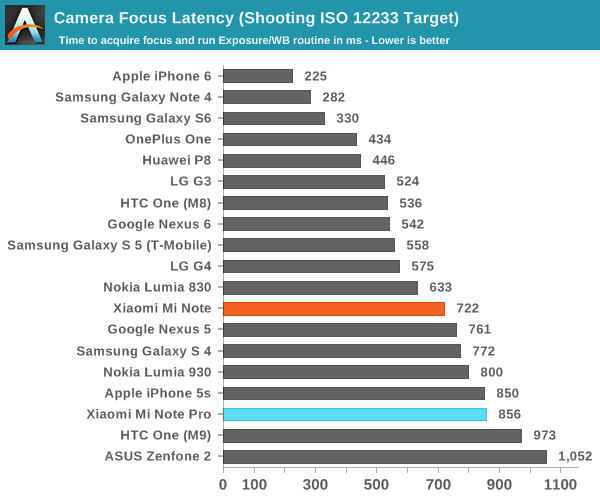

In this test, Xiaomi does a decent job on shot latency but an average job on focus latency. To be fair to Xiaomi, I never really felt like the focus was all that unreliable but it does seem to take its time compared to the faster contrast AF implementations out there. For some reason the Mi Note Pro is consistently slower to focus than the Mi Note, but shot latency is consistently faster, which is a difference I actually noticed in day to day use. I'm not sure whether this is due to the Snapdragon 810's new ISP or a change in algorithm on Xiaomi's part, but given the enormous difference in focus latency on the One M9 I would guess this is a change at the ISP level.
I suspect without PDAF, laser AF, or other AF speed up assist mechanisms there won’t be all that much improvement available. If Xiaomi really wants to make the camera UX on par with the best of the best flagships, at least one extra mechanism of that list will be necessary. However, seeing as how flagships this year with contrast AF can be surprisingly slow to focus, Xiaomi isn’t alone here, and I suspect most people won’t encounter a lot of problems. Overall, Xiaomi isn’t necessarily leading the pack, but they’re still competitive with flagship smartphones in camera user experience that cost hundreds of dollars more.


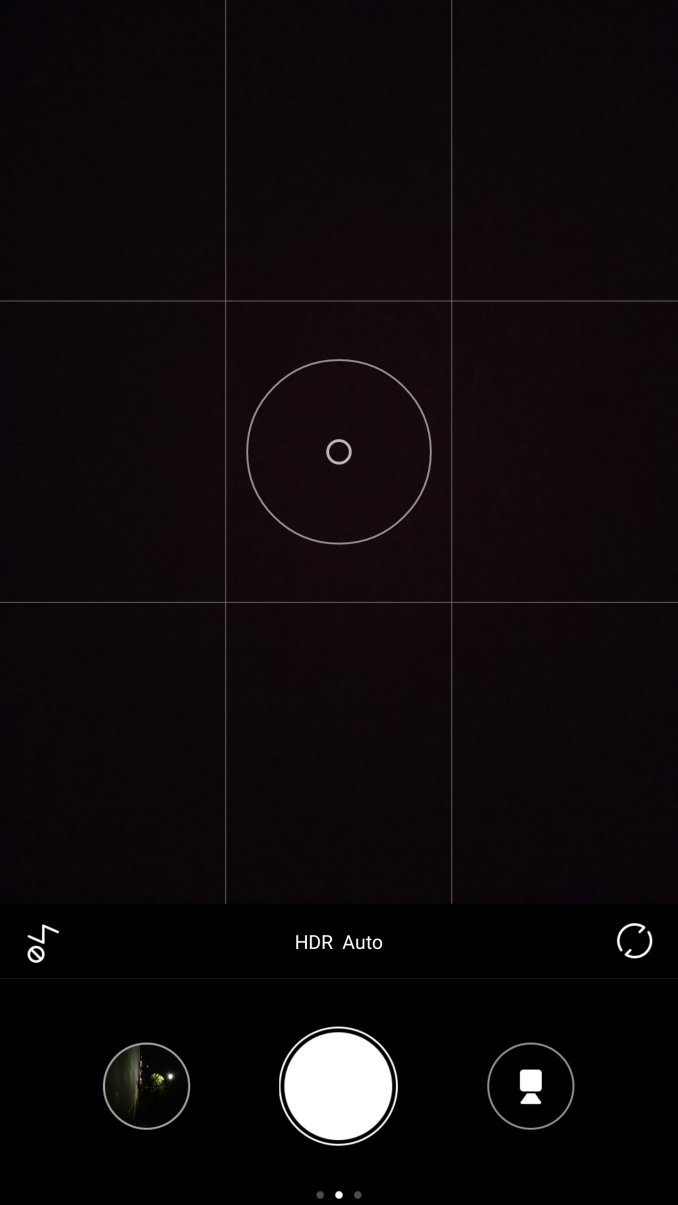
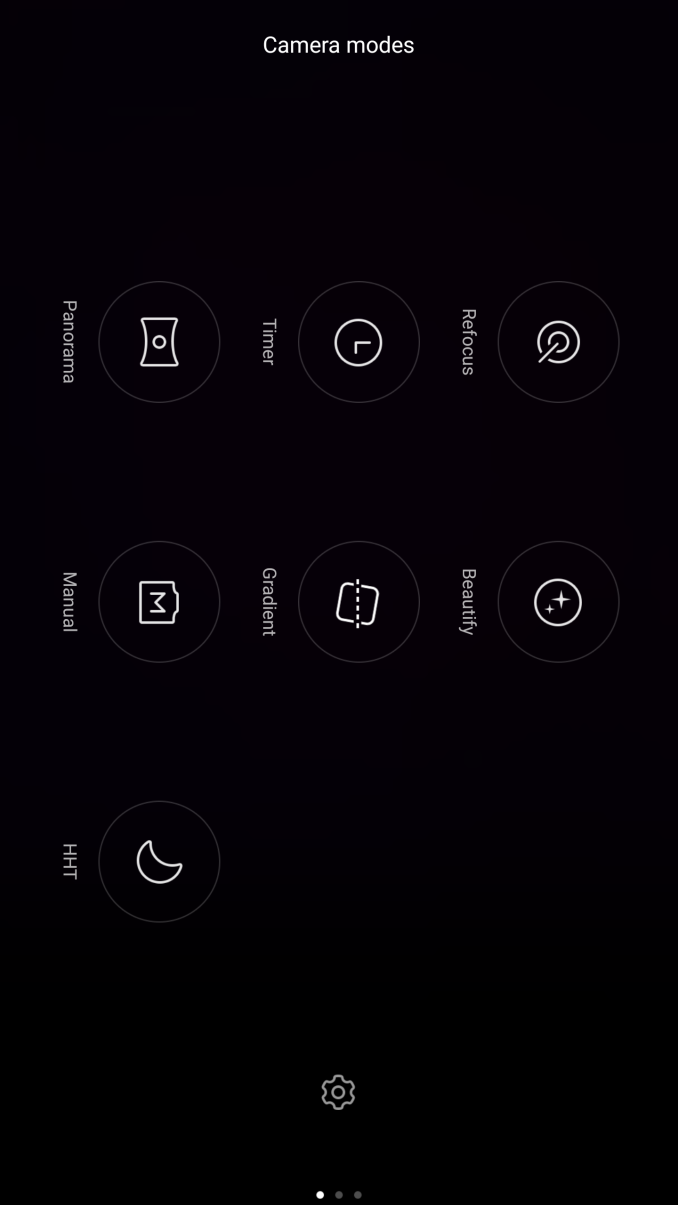

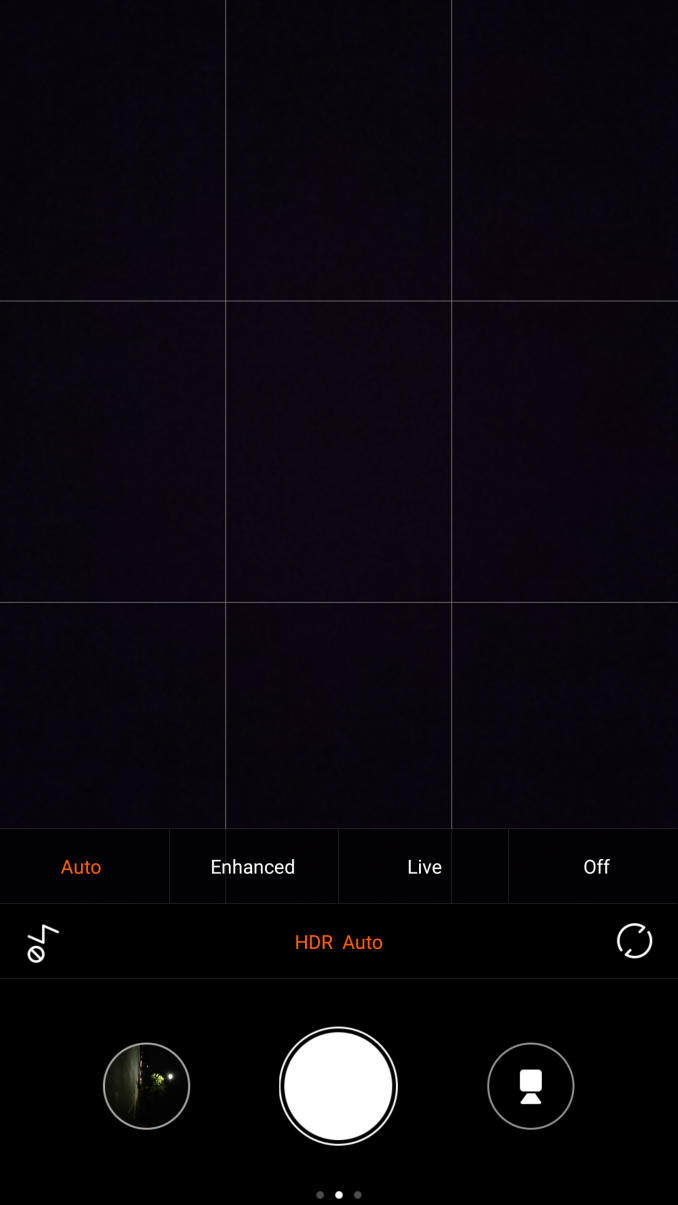
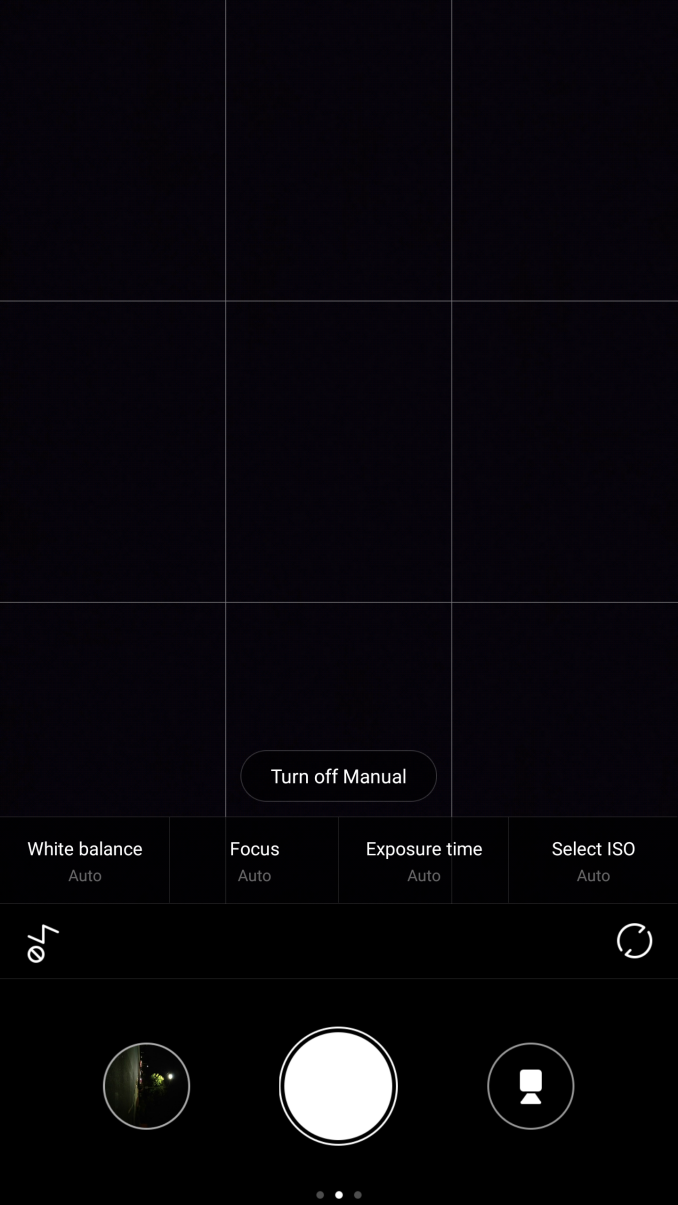
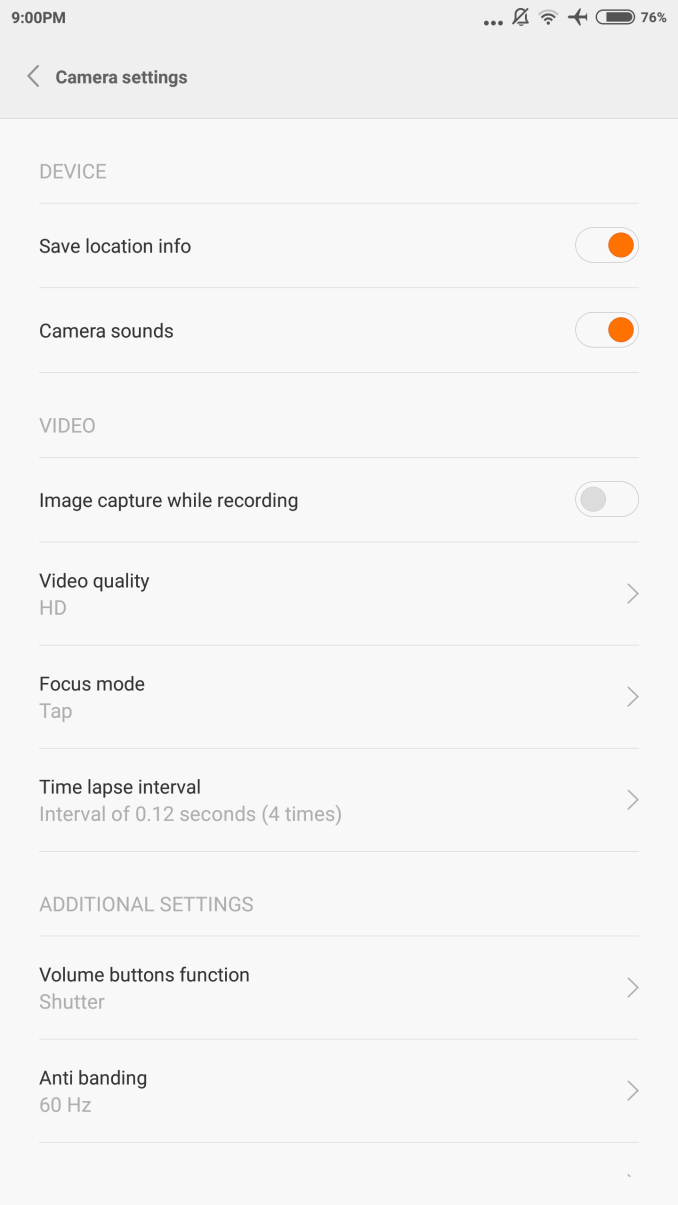
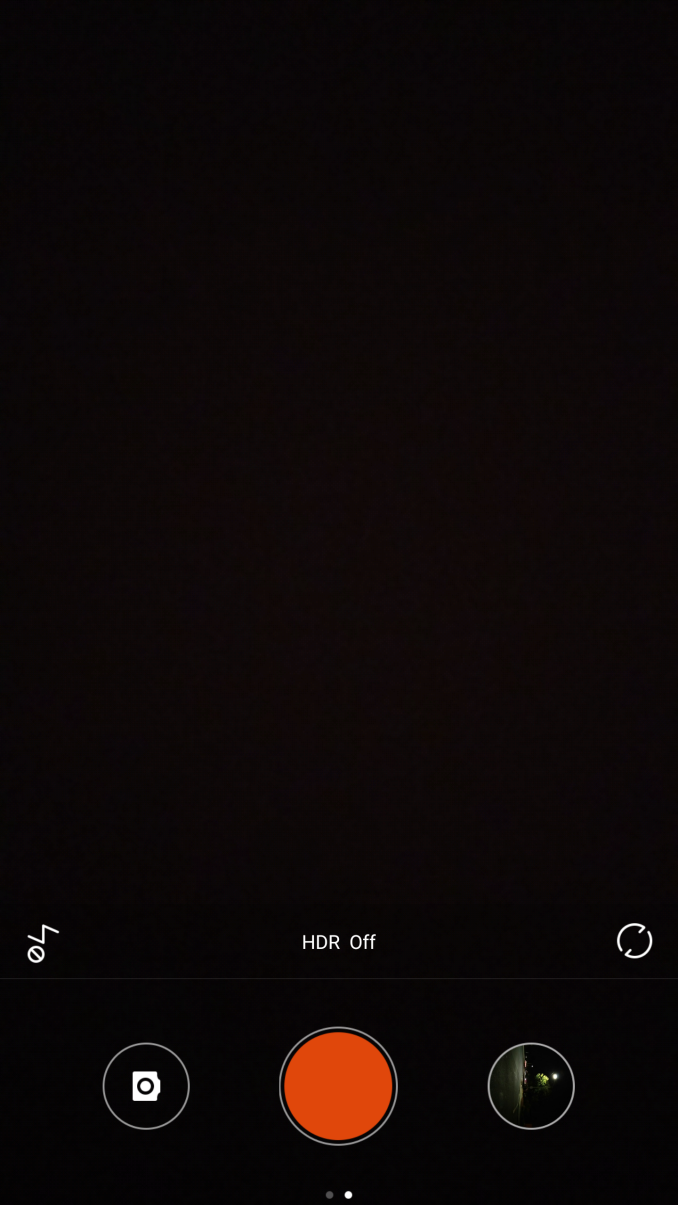
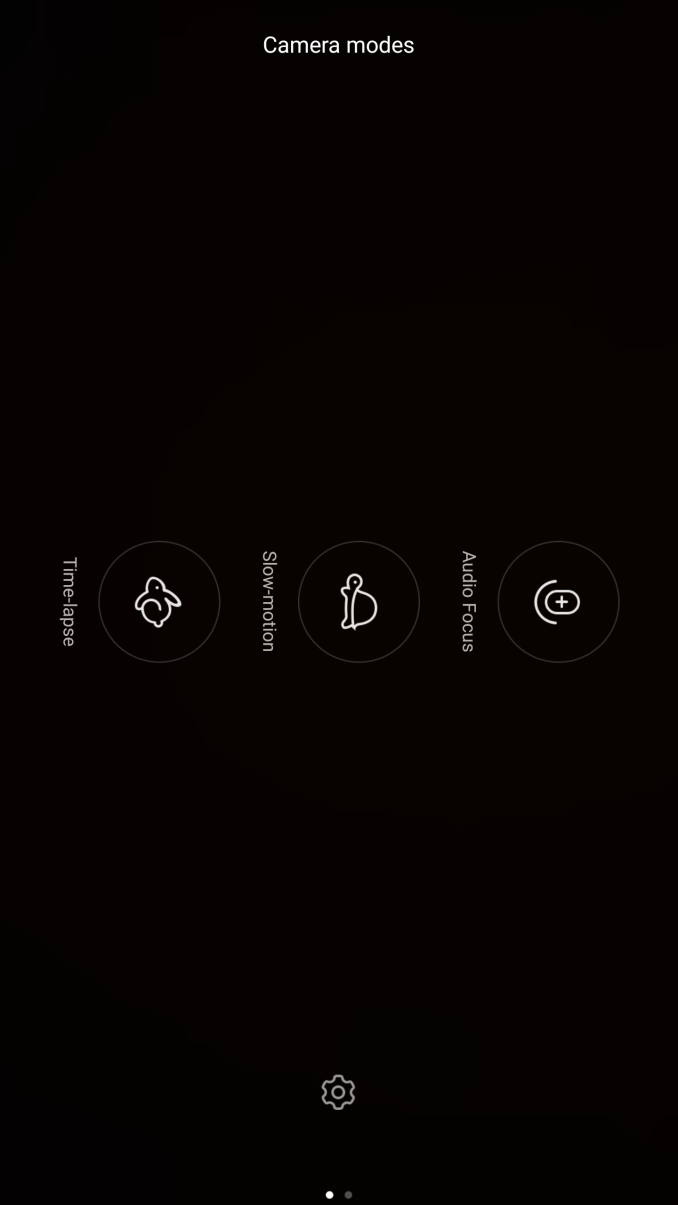








94 Comments
View All Comments
AussieinUS - Monday, September 14, 2015 - link
FYI my Note works in the USA and Canada with my US T-Mobile account. No LTE but HSPA and 3G. The same speeds that I got in Italy where it was purchased. The Bands in the Note is missing for LTE at least in the version I have. I think 1700. Also the slowness to update from Kitkat is a limitation. Overall a great phone and well priced.johnny_boy - Saturday, September 12, 2015 - link
Android 4.4 KitKat? Really? I wouldn't even consider the Note because of this. I have the Honor 6 and it's taking ages for them to bring their first OS update ever to the phone: apparently we got Lollipop late this month, around the time Marshmallow comes out! Definitely the last phone I buy from Huawei.realbabilu - Tuesday, September 15, 2015 - link
don't worry. They re updating the firmware fast. you can choose nightly every week update.I have oneplus that came with Lollipop CM12s still has the 3 stagefreight bugs, Xiaomi miui patched them fast with kitkat firmware.
The Lollipop Cm12s Oneplus is killing batteries faster than Kitkat Cm11s
vision33r - Sunday, September 13, 2015 - link
Note 5 and S6 Edge Plus reviews are everywhere. I've checked them out and they are super fast, I've never used an Android device that smooth and fast before. I definitely think those are the phones to beat in 2015. However I don't want them because like the iPhone 6 they are due to get refreshed next year when Samsung can finally figure out how to get microSD working. I can do without battery swap but I need ext storage.Yaru - Sunday, October 4, 2015 - link
I doubt Samsung will bring back MicroSD storage. They're targeting the high end premium market with those phones and they rather charge you extra money for extra internal storage like Apple does.NXTwoThou - Tuesday, September 15, 2015 - link
*crosses fingers that WM10 will be available for it or its successor*JimmiG - Wednesday, September 16, 2015 - link
Part of the difference in battery life can also be explained by Android 5.0 vs 4.4.4, since KitKat has superior battery life over Lollipop.hasseb64 - Monday, September 21, 2015 - link
Chinese hardware and STASI software, your personal info is SOLD at least two times...ntgeralt - Wednesday, September 23, 2015 - link
Tell you someting you don't know:In permissions management system, It will automatically scan all your files background and "tell" you how much crash you need to clean.And XiaoMi UI will give you ads push everyweek,you can't find anyplace to turn it off.
The last thing is google it: "XiaoMi backdoor".
pintin - Wednesday, September 30, 2015 - link
Yes.An important reason for the unexpected success of the company Xiaomi were designed both hardware and firmware that runs on the open source software of Android. Xiaomi MIUI interface of speed and design equivalent to the operating system of the iPhone or the Samsung's high-end products but with only half the price. Most Android phone vendors are dependent on similar designs by the third party manufacturers like Foxconn provide.